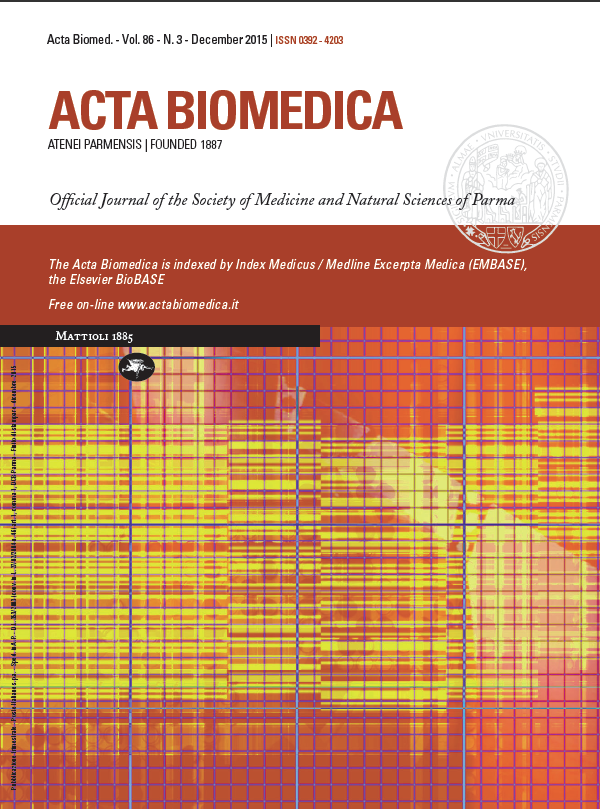FDG-PET/CT appearance of injected silicone particles (VOX Implants®) in head and neck tissues
Keywords:
Positron Emission Tomography/Computed Tomography, partial laryngectomy, siliconeAbstract
Objetives: In head and neck surgery, Positron Emission Tomography/Computed Tomography imaging (FDG-PET/CT) is often used to identify primary tumor site in patients with unknown primary carcinoma, to predict response after chemoradiotherapy and in some cases, to detect recurrence. To rehabilitate swallowing after surgery in patients with persistent dysphagia, an injectable suspension of silicone (VOX® Implants) can be used to reduce the gaps in the neoglottis. The purpose of this report is to document the PET appearance of PDMS in a series of 3 patients who underwent partial laryngectomy with subsequent VOX® Implants injection.
Material and methods: a retrospective chart and imaging review was performed at our institution. Three patients were identified and included in the study. Appearance of PDMS at PET was described and discussed.
Results: An increased uptake of 2-fluoro-2-deoxy-d-glucose (FDG) was noticed at PET in all patients
Conclusions: the increased uptake was possibly due to active inflammatory reactions that are necessary for tissue integration of textured silicone particles.
Downloads
Published
Issue
Section
License
This is an Open Access article distributed under the terms of the Creative Commons Attribution License (https://creativecommons.org/licenses/by-nc/4.0) which permits unrestricted use, distribution, and reproduction in any medium, provided the original work is properly cited.
Transfer of Copyright and Permission to Reproduce Parts of Published Papers.
Authors retain the copyright for their published work. No formal permission will be required to reproduce parts (tables or illustrations) of published papers, provided the source is quoted appropriately and reproduction has no commercial intent. Reproductions with commercial intent will require written permission and payment of royalties.



